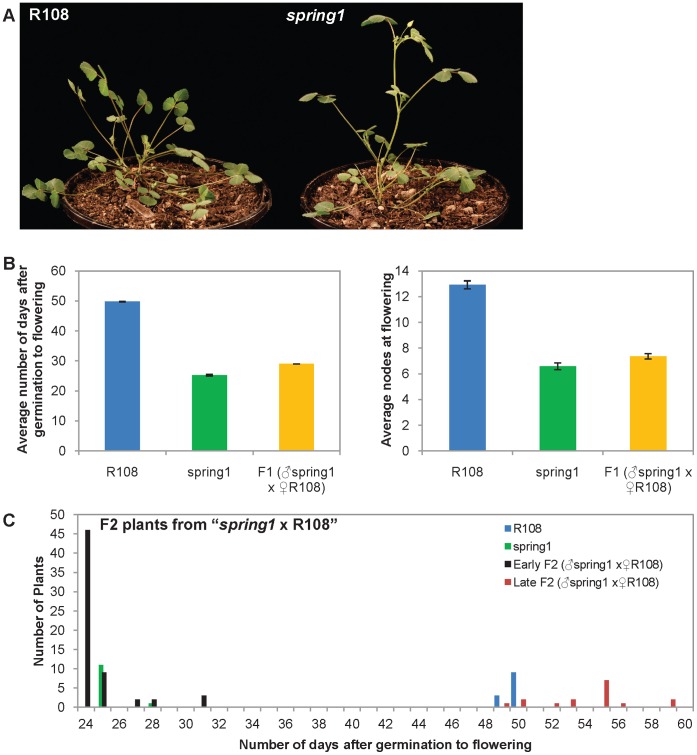Figure 1. Flowering time of plants from the Backcross “spring1 x R108”.
Spring1, an early flowering mutant, was backcrossed with wild type R108 plants and the F1 and F2 progeny were grown in long day conditions and scored for flowering time. a) Photographs of R108 wild type plant and the spring1 mutant plants. Both plants were photographed 30 days after germination. b) Flowering time of the F1 progeny (n = 27) compared to spring1 (n = 12) and R108 (n = 12). The F1 plants flowered much more rapidly than R108 and at a similar time to spring1. Similar results were obtained when flowering time was scored using either of two methods; the number of days after germination to flowering, or the number of nodes on the primary axis at flowering. c) Distribution of the flowering time of the F2 progeny compared to spring1 and R108. The F2 population segregated 62 early flowering and 16 late flowering plants, as scored by days after germination to flowering, and by comparison to the parental lines, indicating that spring1 was a monogenic dominant mutation.

